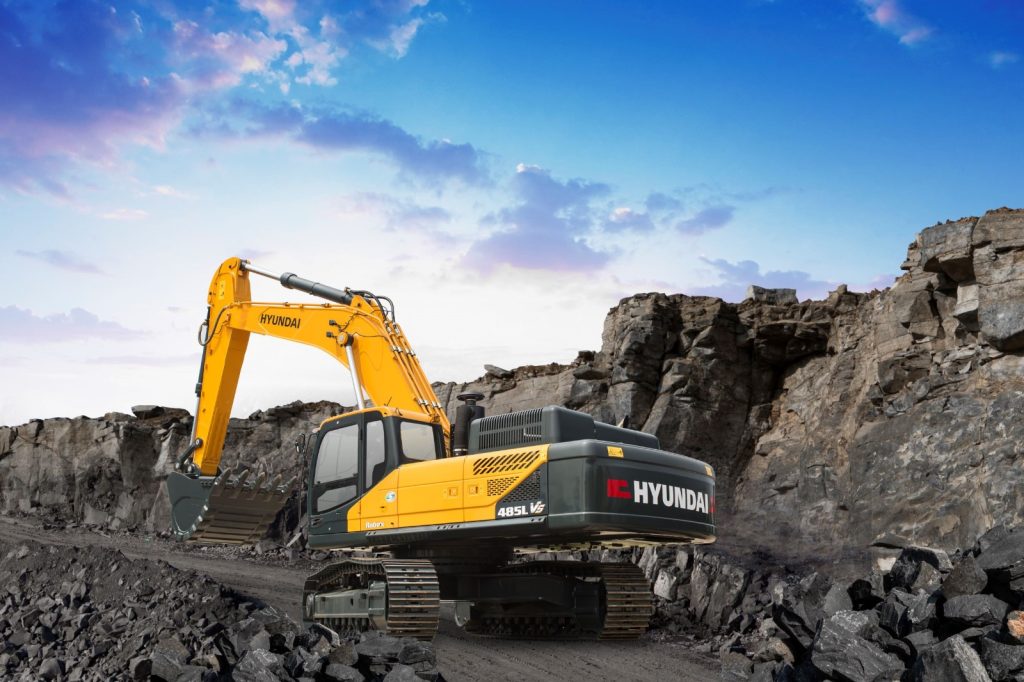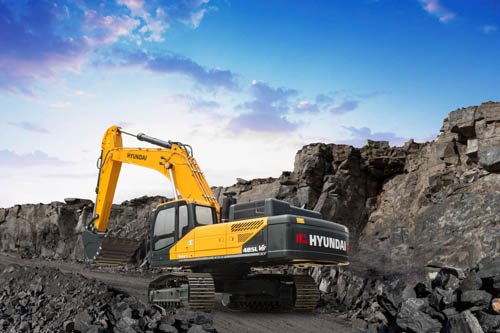
Heavy Machinery-Excavator Starter Motor:
• 1. Applicable People
- Operator: People who need to quickly start the excavator to work.
- Technician: Responsible for maintenance, troubleshooting and replacement.
- Equipment Manager: Ensure a reliable starting system to minimize downtime.
- Mechanical Enthusiasts/Trainees: Understand engine starting principles and repairs.
• 2. Problems Solved - Difficult Starting: Solve problems caused by low battery, worn starter motor or electrical failure.
- Efficiency: Reduce idling time and speed up engine ignition.
- Reliability: Prevent delays caused by starter motor failure, especially in extreme weather.
- Cost Control: Proper maintenance can extend service life and reduce replacement costs.
• 3. How to Use
① Pre-start Inspection - Battery: Ensure sufficient voltage (for example, 24V system voltage needs to be ≥24.6V).
- Connection: Check whether the connection wire is firm and corrosion-free.
- Lubrication: Apply high-temperature grease to the starter gear if necessary.
• ② Starting steps
- Turn the key to the “ON” position (power self-test).
• 2. Push the throttle to the middle position (depending on the vehicle model).
• 3. Turn the key to the “START” position (press and hold for 2-3 seconds, up to 5 seconds).
• 4. Release the key after the engine starts (return to the “ON” position).
• ③ Troubleshooting
- **Cannot start? ** Wait 30 seconds and try again (up to 3 attempts). Check the battery, fuse, or starter brush.
- **Hear a clicking sound but can’t start? ** Low battery or solenoid valve failure.
• 4. Maintenance tips - Check every 500 hours: Check the brushes, gears, and solenoid valves.
- Keep clean: Prevent dust/moisture accumulation.
- Professional repair: If grinding noise occurs, remove or replace parts.
• 5. Safety tips - Avoid long starts (up to 5 seconds at a time).
- **Cold weather? ** Preheat the engine or use a cold starter.
- Disconnect the battery before repairing to prevent short circuits.
• Proper use and maintenance ensure reliable



